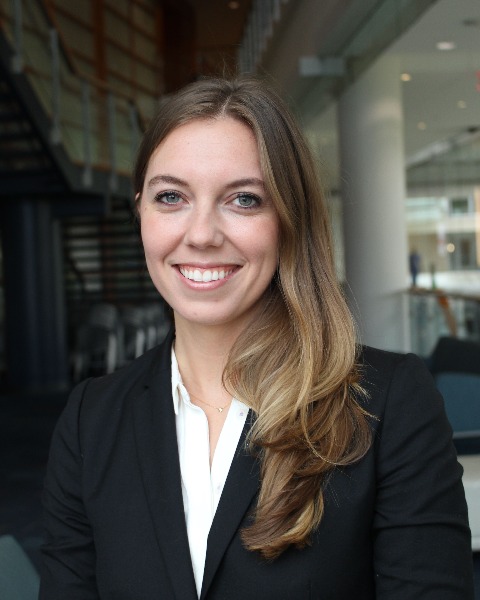Other
Adjuvant TachoSil use for Intentional and Incidental Durotomy Repair in Spine Surgery
Friday, February 21, 2025

Hanna Kemeny, MD
Neurosurgery Resident
Northwestern Memorial Hospital
Chicago, IL, United States
Presenting Author(s)
Introduction: A significant complication of spine surgery is a persistent post-operative cerebrospinal fluid (CSF) leak secondary to intentional or incidental durotomy. The gold standard for simple durotomies has been primary surgical repair; however, this technique is often supplemented with sealants or fibrin glues for more complex durotomies. We add to the literature the largest series of spine surgery patients treated with TachoSil, a synthetic collagen patch containing human fibrinogen and human thrombin, for the management of incidental or intentional durotomy.
Methods: We identified all patients undergoing a spinal operation and billed for use of TachoSil at our institution in 2023. Demographic, clinical, and outcome variables were collected and analyzed using standard statistical methods. Categorical variables were reported as frequencies with percentages, and continuous variables were reported as medians with ranges.
Results: We retrieved 55 patients meeting our inclusion criteria. The population consisted of 29 (52.7%) females and had a median age of 52 years, and a Median BMI of 28.3 kg/m2. Of the repaired durotomies, 37 (67.3%) were intentional to the operation and 18 (32.7%) were incidental or secondary to trauma. Abnormal residual fluid collections were appreciated in 1 (1.8%) patient. Wound breakdown was observed in 1 (1.8%) patient. Thirty-day readmission was observed in 5 (9.1%) patients and thirty-day reoperation was necessary in 3 (5.4%) patients. One case of thirty-day readmission was related to CSF leak (1.8%), and no cases of thirty-day reoperation were related to dural closure failure.
Conclusion : This study is a brief examination of the demographics, surgical variables, and outcomes of durotomy repair in spine surgery with TachoSil use and provides encouraging results for the continued use of the material in this context. This study provides impetus for examination of TachoSil in larger, multi-institutional studies to establish it as a standard of care in spinal dural repair
Methods: We identified all patients undergoing a spinal operation and billed for use of TachoSil at our institution in 2023. Demographic, clinical, and outcome variables were collected and analyzed using standard statistical methods. Categorical variables were reported as frequencies with percentages, and continuous variables were reported as medians with ranges.
Results: We retrieved 55 patients meeting our inclusion criteria. The population consisted of 29 (52.7%) females and had a median age of 52 years, and a Median BMI of 28.3 kg/m2. Of the repaired durotomies, 37 (67.3%) were intentional to the operation and 18 (32.7%) were incidental or secondary to trauma. Abnormal residual fluid collections were appreciated in 1 (1.8%) patient. Wound breakdown was observed in 1 (1.8%) patient. Thirty-day readmission was observed in 5 (9.1%) patients and thirty-day reoperation was necessary in 3 (5.4%) patients. One case of thirty-day readmission was related to CSF leak (1.8%), and no cases of thirty-day reoperation were related to dural closure failure.
Conclusion : This study is a brief examination of the demographics, surgical variables, and outcomes of durotomy repair in spine surgery with TachoSil use and provides encouraging results for the continued use of the material in this context. This study provides impetus for examination of TachoSil in larger, multi-institutional studies to establish it as a standard of care in spinal dural repair

.jpg)